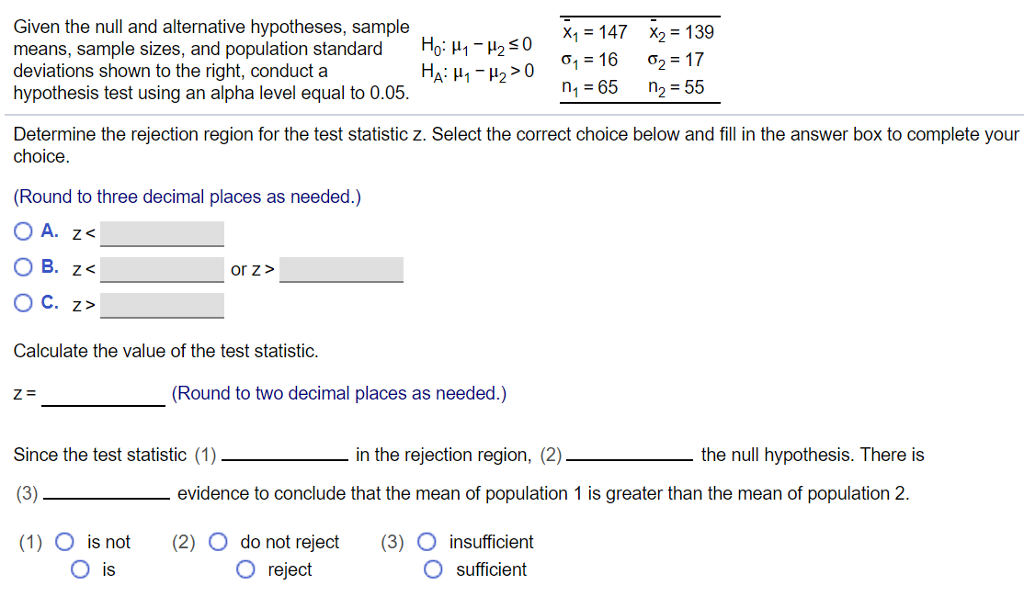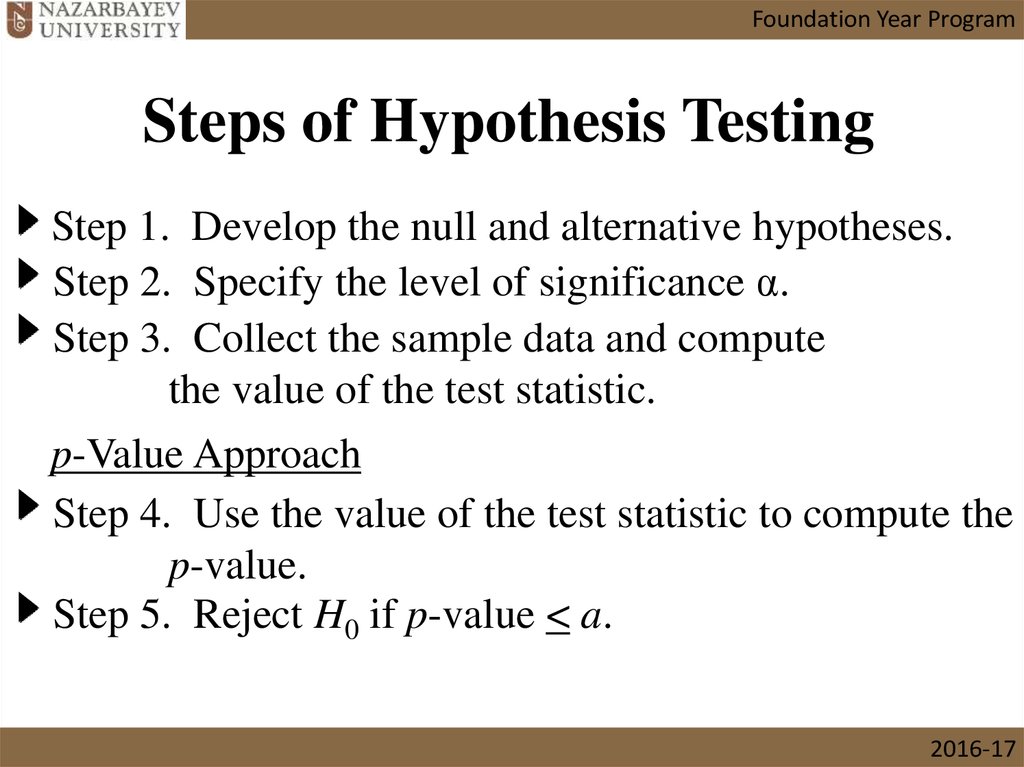
Define null and research hypothesis, test statistic, level of significance and decision rule.Learning ObjectivesĪfter completing this module, the student will be able to: The next two modules in this series will address analysis of variance and chi-squared tests. This module will focus on hypothesis testing for means and proportions. Similar to estimation, the process of hypothesis testing is based on probability theory and the Central Limit Theorem.

One selects a random sample (or multiple samples when there are more comparison groups), computes summary statistics and then assesses the likelihood that the sample data support the research or alternative hypothesis. The process of hypothesis testing involves setting up two competing hypotheses, the null hypothesis and the alternate hypothesis. The hypothesis is based on available information and the investigator's belief about the population parameters.

This is the first of three modules that will addresses the second area of statistical inference, which is hypothesis testing, in which a specific statement or hypothesis is generated about a population parameter, and sample statistics are used to assess the likelihood that the hypothesis is true. The second sample, price2, contains 20 random observations around the state one month later.Hypothesis Testing for Means & Proportionsīoston University School of Public Health The first sample, price1, contains 20 random observations around the state on a single day in January. The file contains two random samples of prices for a gallon of gas around the state of Massachusetts in 1993.

This example uses the gas price data in the file gas.mat. This example shows how to use hypothesis testing to analyze gas prices measured across the state of Massachusetts during two separate months. Is the $0.03 difference an artifact of random sampling or significant evidence that the average price of a gallon of gas was in fact greater than $1.15? Hypothesis testing is a statistical method for making such decisions. Suppose your sample average comes out to be $1.18. Sample averages differ from one another due to chance variability in the selection process.

That approach would be definitive, but it could be time-consuming, costly, or even impossible.Ī simpler approach would be to find prices at a small number of randomly selected gas stations around the state, and then compute the sample average. How could you determine the truth of the statement? You could try to find prices at every gas station in the state at the time. Hypothesis testing is a common method of drawing inferences about a population based on statistical evidence from a sample.Īs an example, suppose someone says that at a certain time in the state of Massachusetts the average price of a gallon of regular unleaded gas was $1.15.


 0 kommentar(er)
0 kommentar(er)
